We may earn money or products from the companies mentioned in this post. This means if you click on the link and purchase the item, I will receive a small commission at no extra cost to you ... you're just helping re-supply our family's travel fund.

Many lesser-known national monuments offer just as much beauty and history as the famous ones, without the heavy crowds. These sites feature unique landscapes, cultural treasures, and outdoor activities that make them worth visiting. From dramatic volcanic terrain to ancient rock art, each destination provides a memorable experience and a chance to explore America’s diverse heritage in a quieter setting.
Devils Tower National Monument, Wyoming
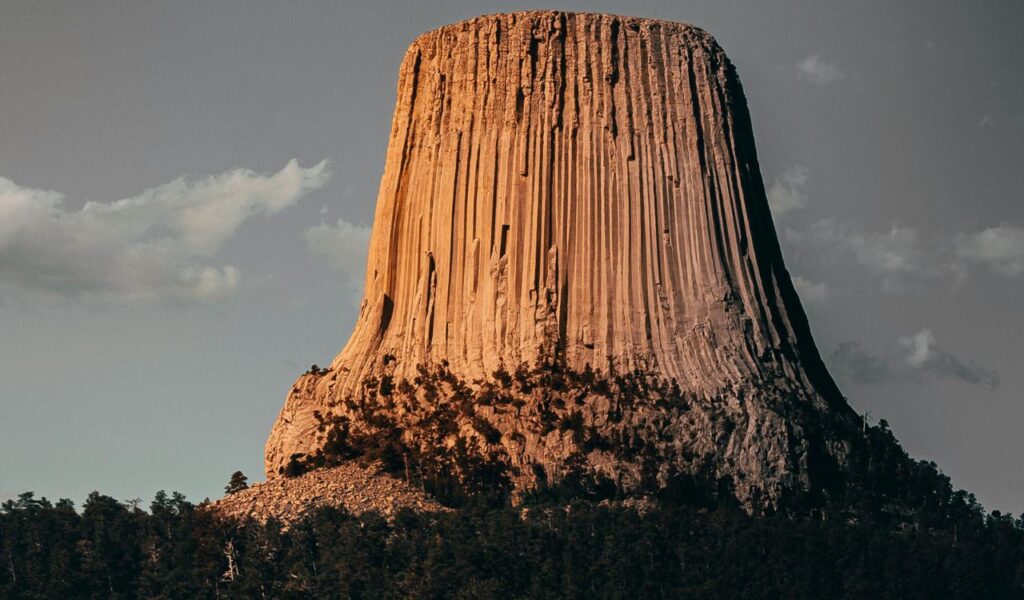
The first U.S. national monument, Devil’s Tower, rises steeply from the Wyoming plains. Its unique rock columns are sacred to Native American tribes and draw climbers from around the world. A paved Tower Trail provides close-up views, while nearby paths offer peaceful walks. Wildlife such as prairie dogs are commonly seen. Its striking shape, cultural history, and surrounding natural beauty make it an unforgettable destination.
Chiricahua National Monument, Arizona
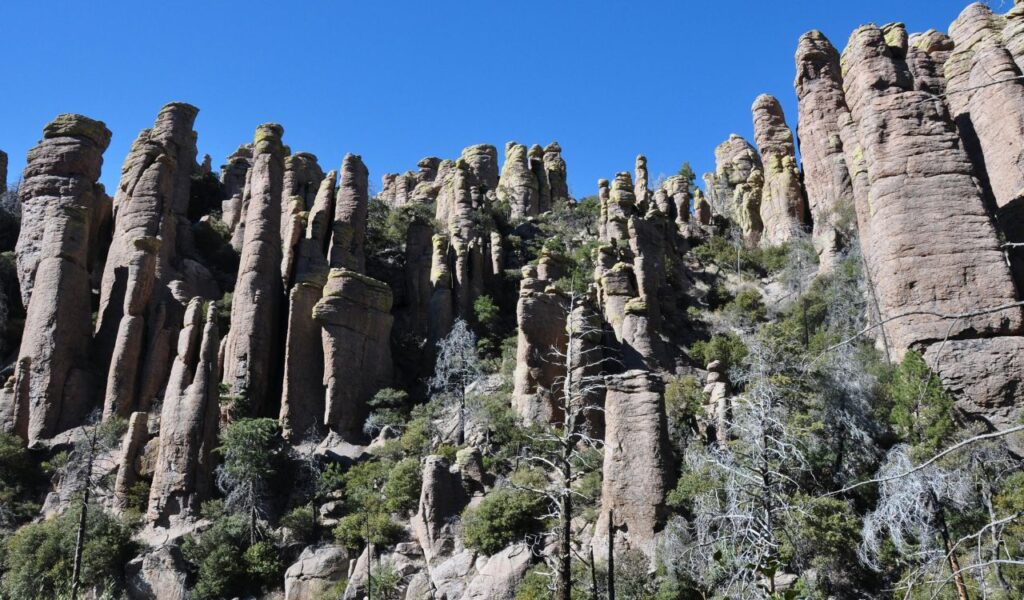
Chiricahua National Monument, known as the Wonderland of Rocks, is filled with towering pinnacles and balanced stone formations created by ancient volcanic activity. More than 17 miles of scenic trails wind through these natural sculptures. The Heart of Rocks Loop is a favorite for unusual shapes and sweeping views. With fewer visitors than many parks, this monument offers a peaceful escape into a dramatic landscape.
Bears Ears National Monument, Utah
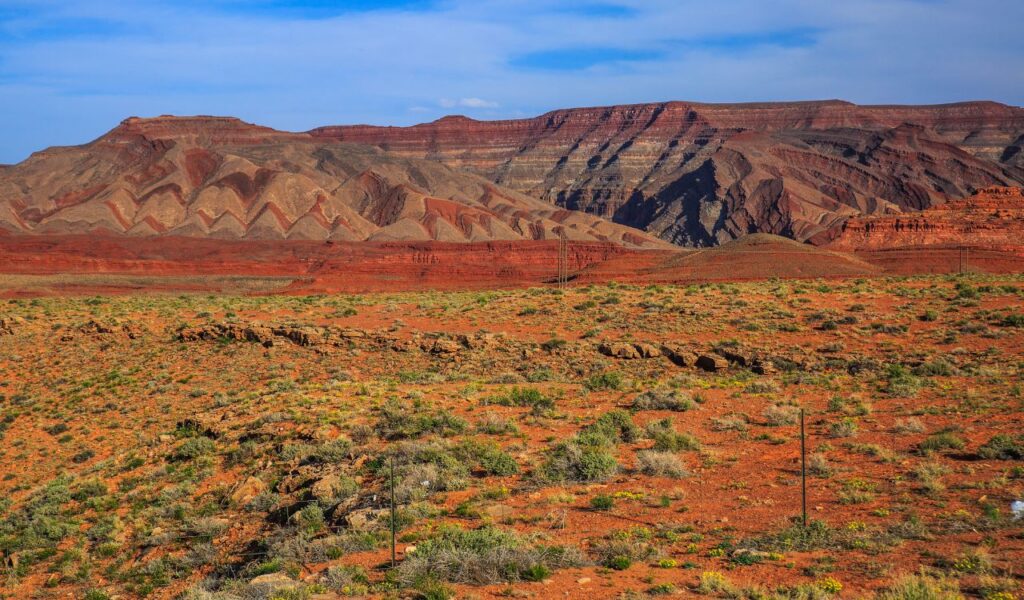
Bears Ears combines stunning scenery with deep cultural significance. Thousands of archaeological sites, including cliff dwellings and petroglyphs, are scattered among canyons, mesas, and sandstone buttes. Hiking trails range from easy walks to rugged backcountry routes. The area is sacred to Native American tribes, and guided tours offer rich insights. Its blend of history, culture, and natural beauty makes it a meaningful place to explore.
Chuckwalla National Monument, California
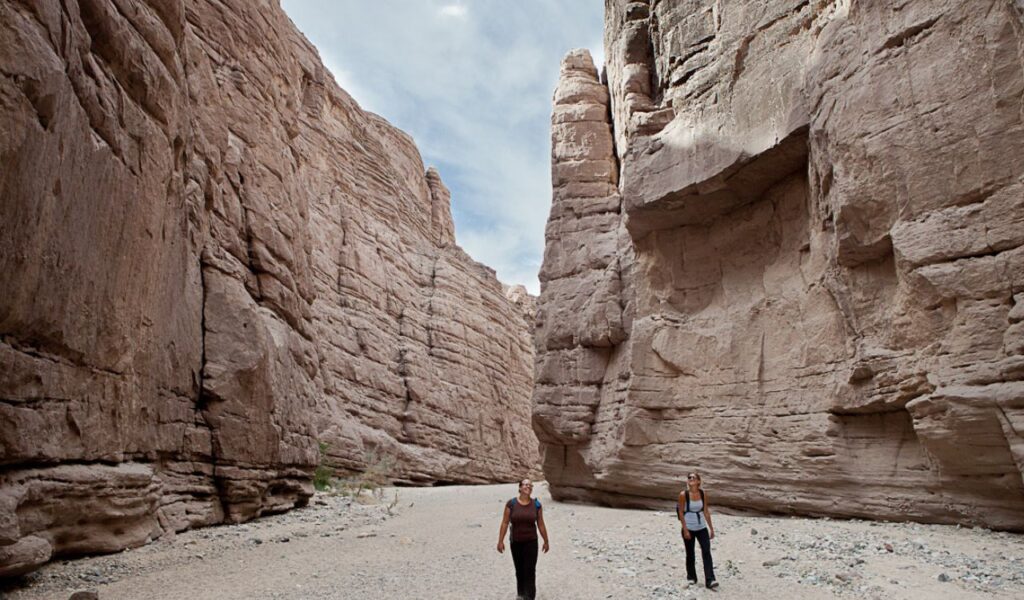
Chuckwalla National Monument protects desert landscapes, ancient trails, and sites of cultural importance. Visitors can view petroglyphs, enjoy panoramic vistas, and spot desert wildlife. Its remote location provides a quiet and uncrowded experience. Spring brings colorful wildflowers that contrast against the rocky terrain. Hiking and photography are popular here, offering a close connection to both the natural world and the region’s history.
Sunset Crater Volcano National Monument, Arizona
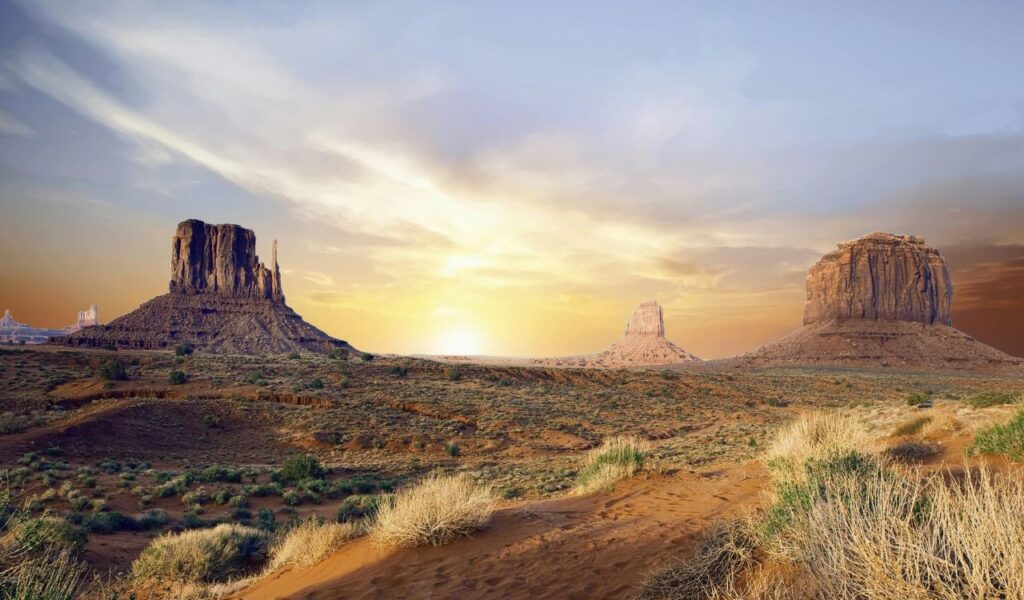
This monument preserves a dormant cinder cone volcano and its surrounding lava fields. Trails wind through black rock formations, offering striking views of the crater and surrounding pine forests. The Lava Flow Trail is an easy walk with interpretive signs explaining the area’s geology. Visitors can explore volcanic history while enjoying the unique beauty of the contrasting dark lava and green forest.
El Malpais National Monument, New Mexico
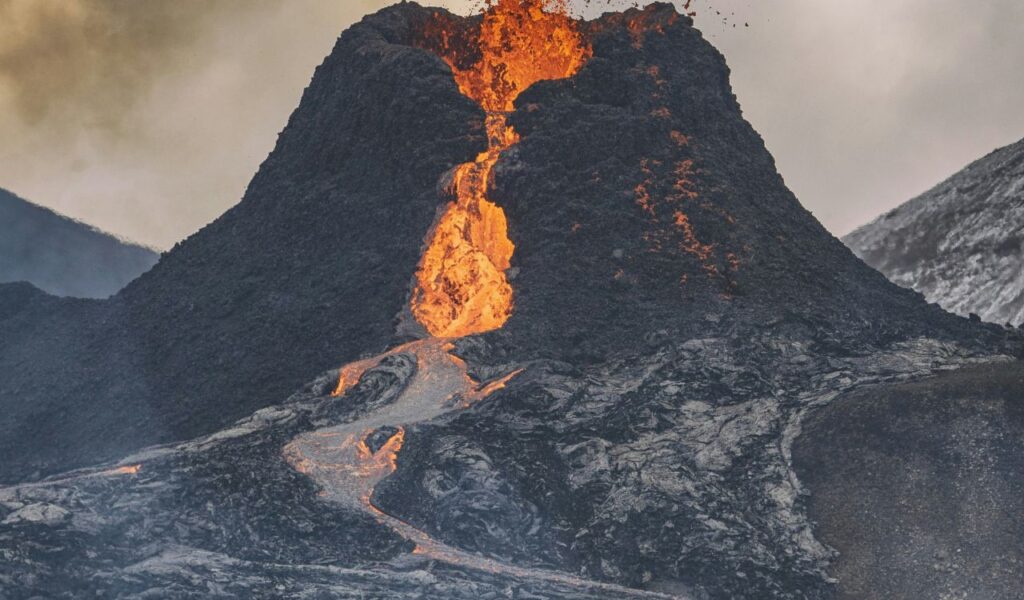
El Malpais, Spanish for “the badlands,” features lava flows, sandstone bluffs, and volcanic craters. Trails vary from easy strolls to challenging hikes through rugged terrain. Lava tubes, ice caves, and unique rock formations add to the adventure. Scenic drives provide access to viewpoints, while the remote setting gives a sense of solitude. It is a striking destination for geology enthusiasts and nature lovers alike.
Gold Butte National Monument, Nevada
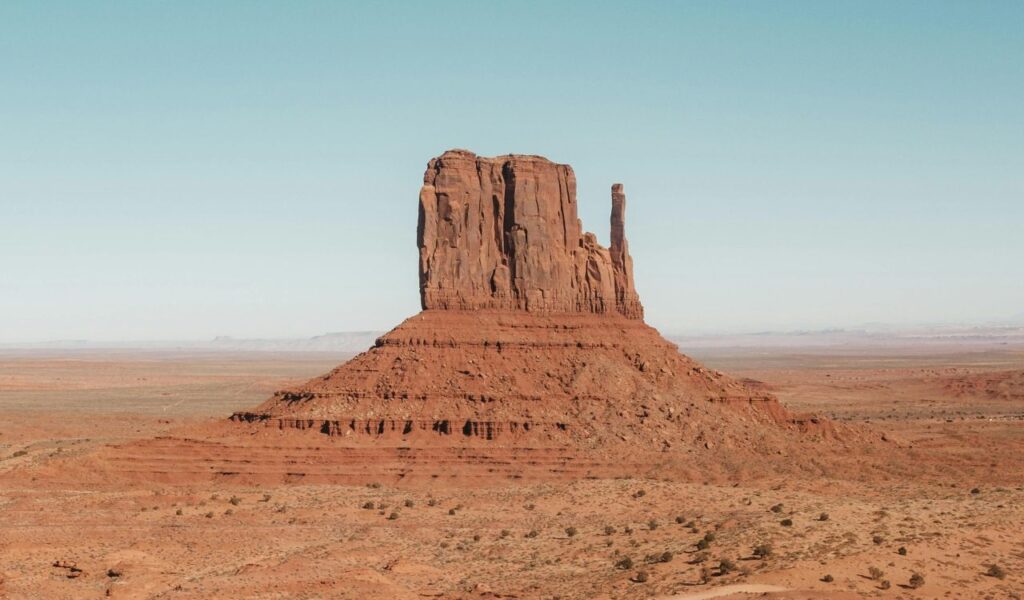
Gold Butte is a desert expanse filled with colorful sandstone formations, ancient petroglyphs, and remote canyons. Visitors can hike to rock art sites, explore slot canyons, and photograph the vibrant landscapes. Desert wildlife thrives here, and the isolation ensures a peaceful visit. With its mix of history, geology, and natural beauty, Gold Butte offers a sense of discovery for adventurous travelers.
Organ Mountains-Desert Peaks National Monument, New Mexico
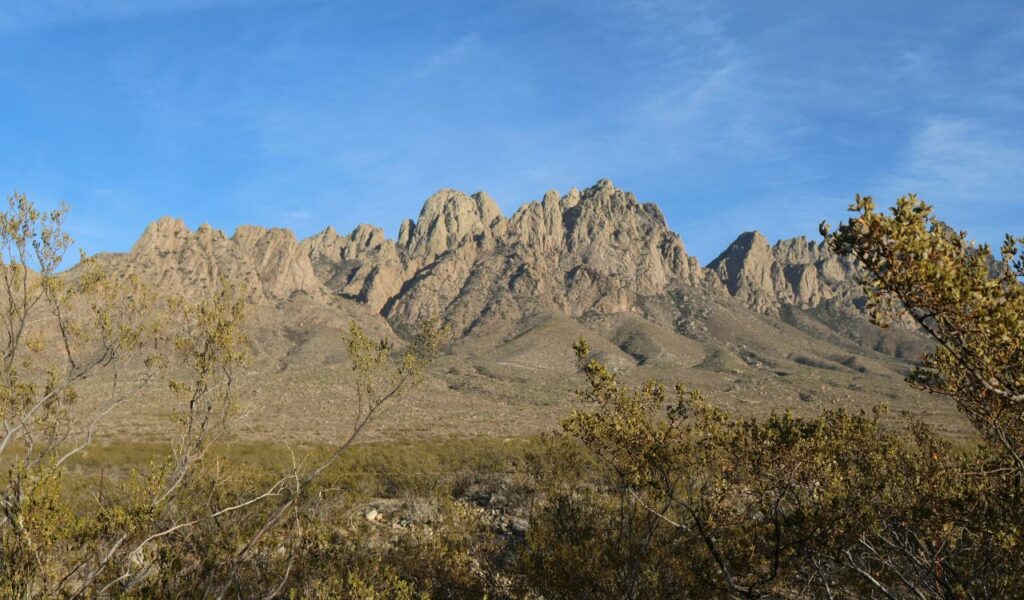
The Organ Mountains rise sharply from the desert, creating a dramatic backdrop for hiking, climbing, and photography. Trails lead through canyons, past springs, and to panoramic overlooks. The area preserves cultural history, including petroglyphs and old settlement ruins. Wildlife such as deer and golden eagles can be seen. Its combination of rugged landscapes and rich history makes it a rewarding, less crowded destination.
Craters of the Moon National Monument, Idaho
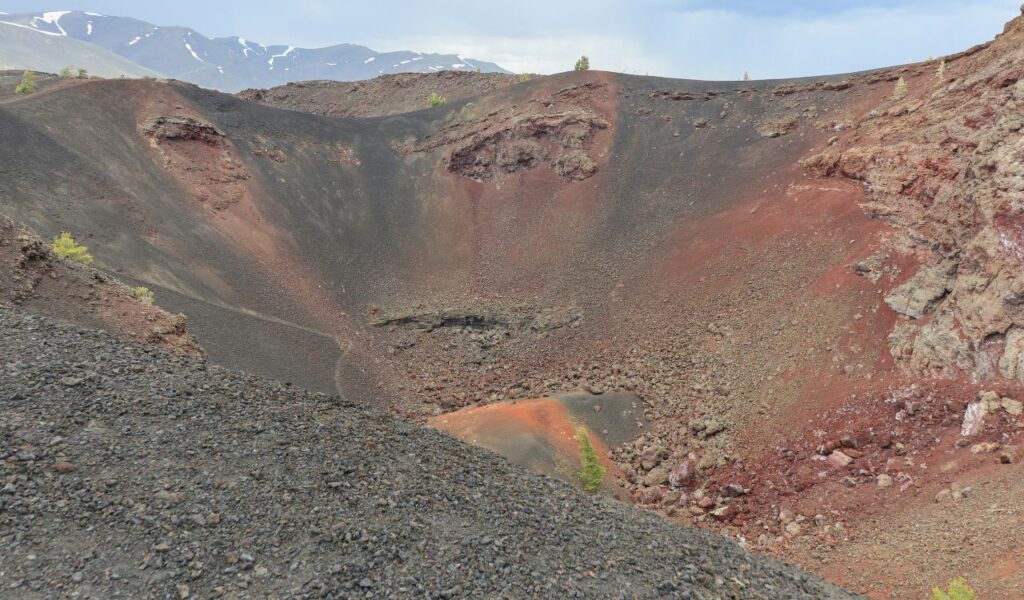
Craters of the Moon offers a surreal volcanic landscape of lava fields, cinder cones, and caves. Visitors can hike short trails, explore lava tubes, and drive the scenic loop for sweeping views. In spring, wildflowers brighten the dark rock. Its otherworldly scenery and fascinating geology make it a truly unique destination and a perfect place for stargazing under clear night skies.
Agate Fossil Beds National Monument, Nebraska
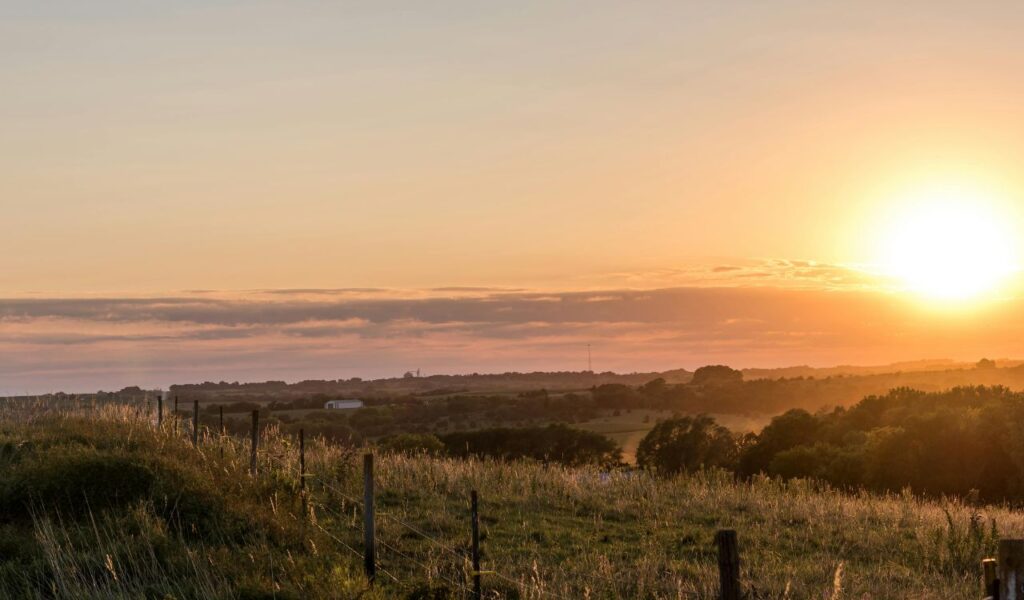
This monument preserves one of the world’s richest Miocene-era fossil sites. Visitors can see fossils of ancient mammals, walk interpretive trails, and explore museum exhibits that include Native American artifacts. The surrounding prairie provides peaceful hiking opportunities. Combining science, history, and nature, Agate Fossil Beds is an educational and scenic stop for travelers interested in both paleontology and culture.
Grand Portage National Monument, Minnesota
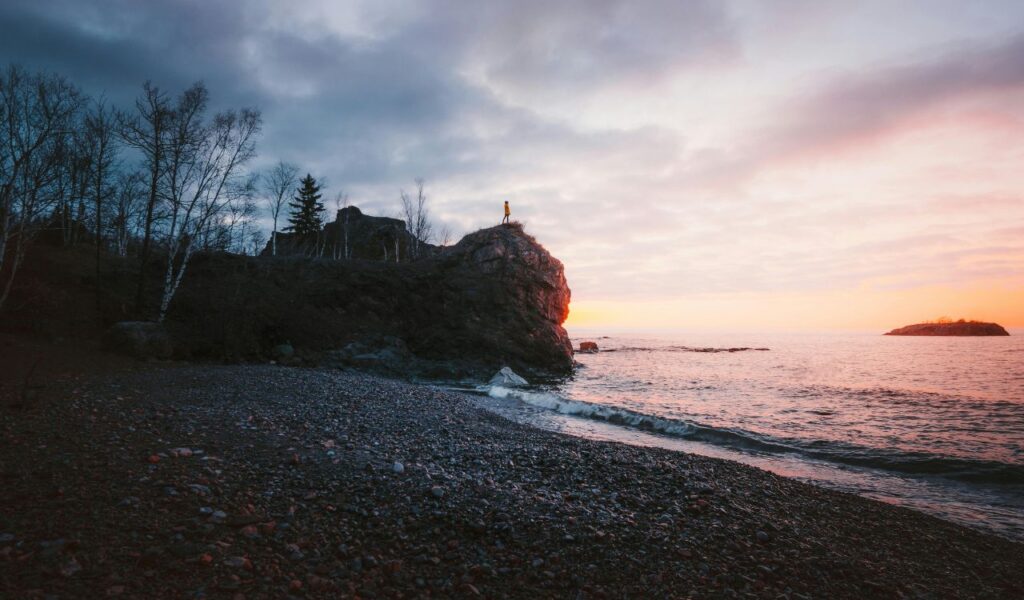
Grand Portage tells the story of the Ojibwe people and the French fur traders who traveled these lands. Visitors can tour a reconstructed trading post, hike to waterfalls and scenic overlooks, and learn about the region’s history. Situated on Lake Superior’s shore, the site also serves as a gateway to wilderness areas and Isle Royale National Park. It blends natural beauty with rich cultural heritage.